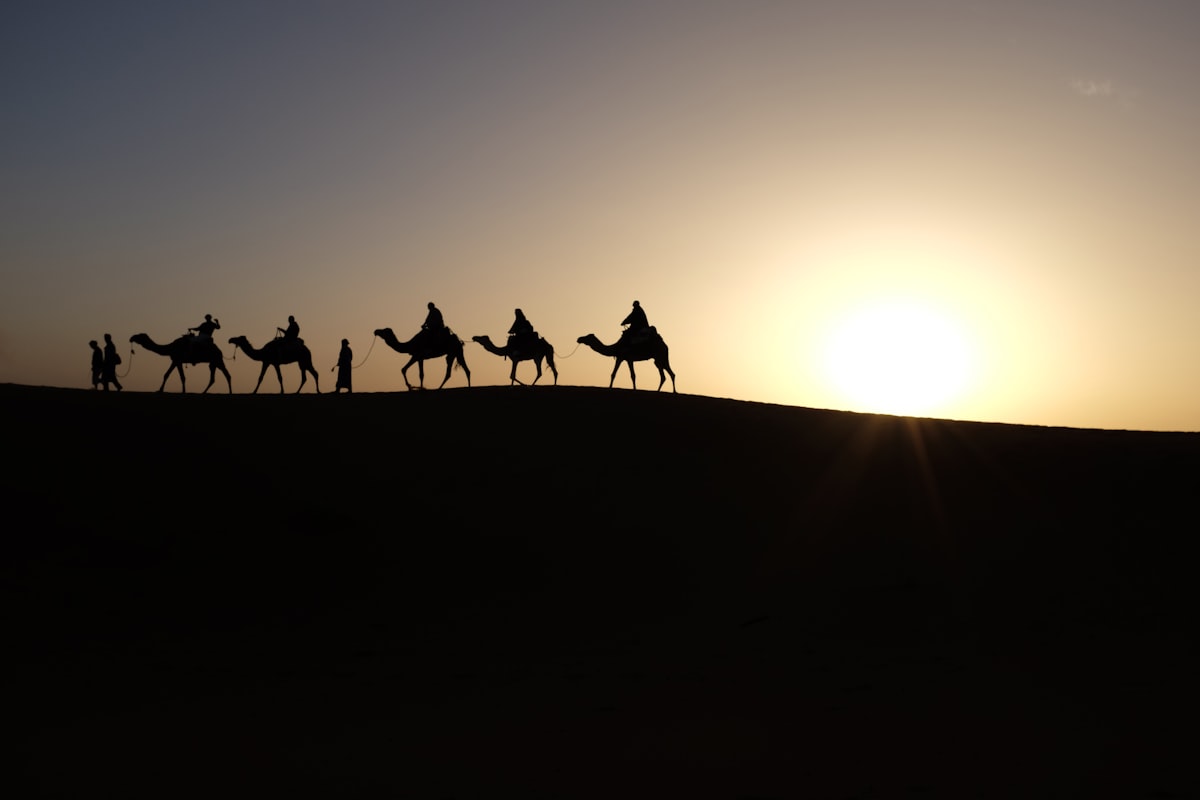What is the origin of the Three Kings Day celebration
Three Kings Day is the ancient story that ends with us receiving gifts and partaking in the Three Kings Day meal.

It is well known that the origin of the Three Kings Day is biblical. However, this ancient and endearing tradition has a history that few of us know. According to National Geographic sources, in the Bible, it is only alluded to in the Gospel of St. Matthew.
In this one, there is no mention of the existence of wise men, but simply of magicians who came from the East, guided by the brightness of a star to worship the newborn king of the Jews. The name of these characters and their number is never made explicit.
In the aforementioned Gospel, it is also narrated that after showing their adoration before the newborn Jesus, they made three offerings to him: gold, the metal proper to kings; incense, symbolizing the divine; and myrrh, as a premonition of the difficult life that lay ahead.
Some experts on the subject believe that the term magician is the product of a bad translation of astrologer, a wise man who observed the stars and through his reading reached a deeper understanding of their reality.
It is interpreted that they were three because of the number of gifts and because the triad is symbolically linked to the Holy Trinity; that is, in the representation of only one God in three entities: Father, Son, and Holy Spirit.
The name of each one of the wise men is much later than we think. The oldest record we have today of them corresponds to the Middle Ages. In the Basilica of San Apolinar, erected in the 6th century in the city of Ravenna, now Italy, there is a mosaic with the inscription of the three names, Melchior, Gaspar, and Balthasar.
In Mexico, the tradition of celebrating this date dates from the mid 20th century. On this day, children write letters asking for gifts to the Three Kings on the condition that they have exemplary behavior throughout the year.
Commonly the letters were tied to a balloon that was released to fly in the air. The Three Kings would arrive between the night of January 5th and the early morning of January 6th and would magically deposit the gifts next to the children's shoes.
On the morning of the 6th, traditionally the Three Kings are eaten with the company of family and loved ones. In the hidden thread are small plastic monkeys that represent the child God, whoever finds the child God is left with the responsibility of organizing a dinner with atole and tamales on February 2nd, Candlemas Day.
With this celebration, the period known as Guadalupe-Reyes ends, which begins on December 12 with the commemoration of the Virgin of Guadalupe. During these weeks Mexicans traditionally have multiple posadas, dinners, and family celebrations.
The Day of the Kings is celebrated with different customs, especially in the world. In Spain, parades are organized known as the Cabalgata de los Reyes Magos. In diverse regions of Venezuela, there are representations of the adoration of the three wise men to the child God.
In France, a traditional cake made from puff pastry and beans is eaten on this date. In Brazil, it is customary for groups of men to go out to visit homes on foot or horseback singing.




